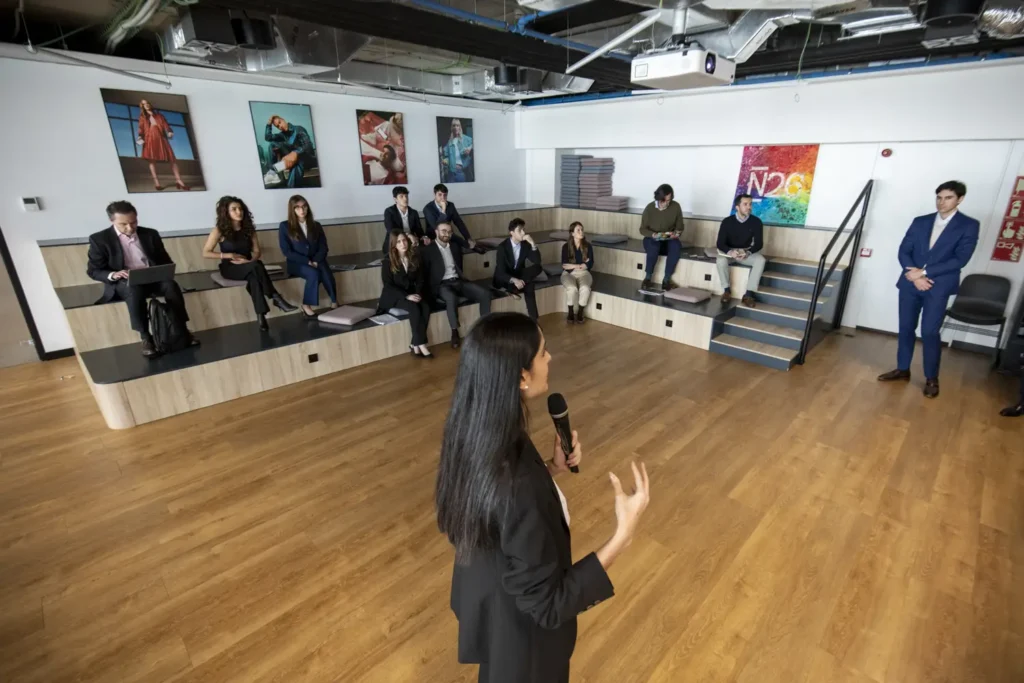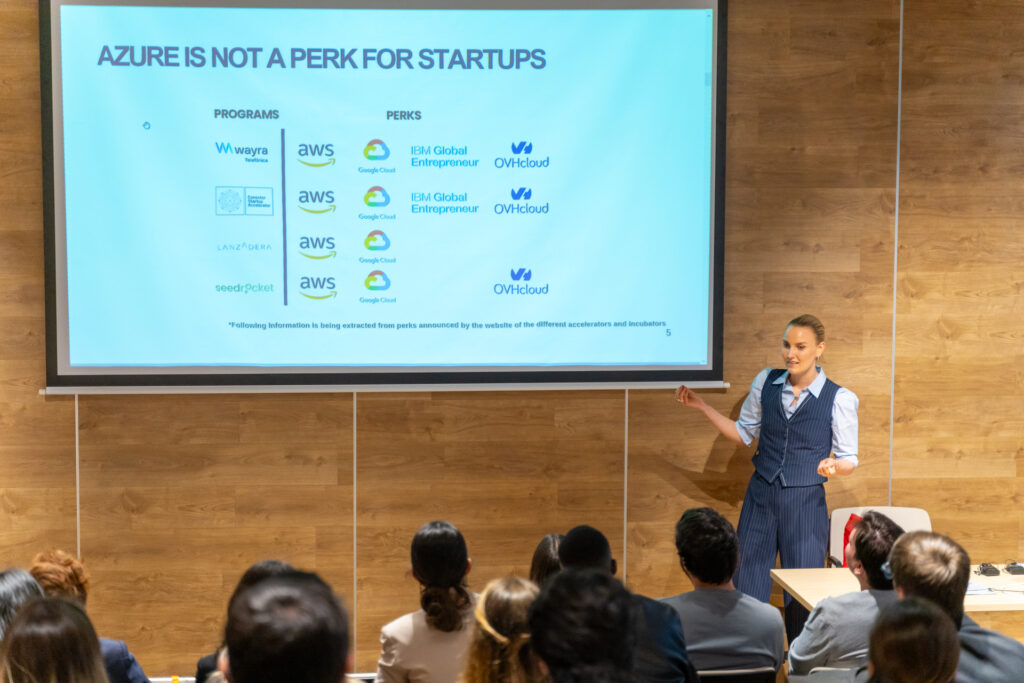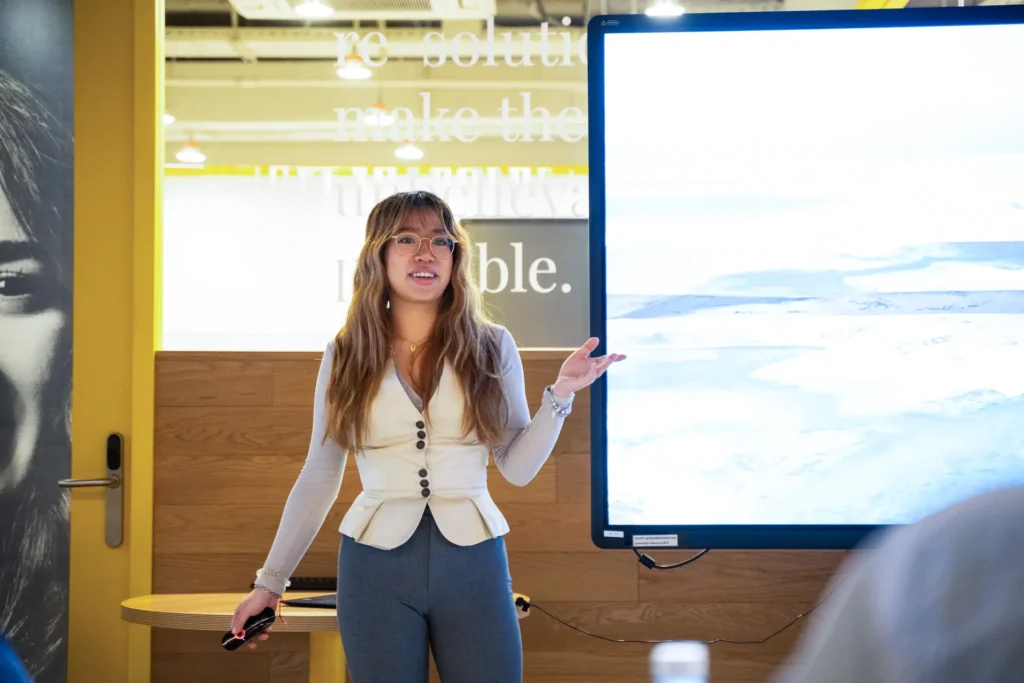What is the bias blind spot?
The bias blind spot implies recognizing the impact of biases on the judgment of others, while failing to see the effects of biases on one’s decisions. We see ourselves as less susceptible to nonconscious predispositions and cognitive influences — biases — than others. We tend to believe that we know all the reasons underlying our decisions, but we ignore that our unconscious mind makes most of our choices, or at least influences all of them. We hold the illusion that we possess full introspective awareness. Even if we are aware of various biases acting on our perception, decisions, or judgments, research has shown that we are still unable to control them. So, even if someone knows that, they cannot alter their biased perception.
How does the bias blind spot influence my life?
The bias blind spot appears to be pervasive and is unrelated to people’s intelligence, experience, and actual ability to make unbiased judgments and decisions. Since people rationally believe they are less biased than others, these biases perpetuate and permeate many aspects of our life so profoundly that it becomes difficult to eradicate them. Thus, we assume that our decisions are better than other people’s without feeling the need to justify ourselves. The bias blind spot can prevent us from self-criticism, which can have a critical role in questioning and improving our decisions.
What can I do about it?
We usually make decisions in a context that is prone to increase the bias impact. We need to act fast; information is scarce, partial and difficult to interpret, and our memory cannot recall the data that would fill the gaps. In this context, biases can only prosper. The approach to minimizing such negative impacts is simple: take your time when you must make a decision, use as many sources of information as possible, take notes of your learning experience and rely on a systematic process. Lastly, be open to other people’s insights to enrich your decision process with more points of view. You won’t be bias-free if you follow these steps, but you will mitigate their impact.
If you want to apply this knowledge in a career focused on the common good, check our Master’s degrees: International Management, Finance or Talent Management, and start to change the world with us.
Because we’re re-solved to advance. We have the re-solution to advance.
Sources
“Bias Blind Spot: Structure, Measurement, And Consequences”, By Irene Scopelliti, Carey K. Morewedge, Erin Mccormick, H. Lauren Min, Sophie Lebrecht And Karim S. Kassam
- Out of 661 US citizens, only one person stated that they were more biased than the average person, while 85% believed they were less biased than the average American.
“The Bias Blind Spot Across Childhood”, By Sara Hagá, Kristina R. Olson And Leonel Garcia-Marques
- Kids believe that everyone is unbiased, like them. Time changes that perspective progressively.
“Starbucks Ceo Apologizes After Employee Calls Police On Black Men Waiting At A Table”, By Alex Horton
- Starbucks had to conduct training for all its staff in the US to avoid bias in customer service. Different biases were the cause of several conflicts on their premises.
“Cognitive Sophistication Does Not Attenuate The Bias Blind Spot”, By Richard F. West, Russell J. Meserve And Keith E. Stanovich
- Being an expert isn’t enough: a more prominent bias blind spot might be associated with higher cognitive ability.
“I Am Being Fair: The Bias Blind Spot As A Stumbling Block To Seeing Both Sides”, By Cynthia Mcpherson Frantz
- In an open conflict, people minimize all the biases that impact their position while considering that their opponent is radically biased.
“Peering Into The Bias Blind Spot: People’s Assessments Of Bias In Themselves And Others”, By Joyce Ehrlinger, Thomas Gilovich And Lee Ross
- People believe that being knowledgeable and having connections with a particular subject provide accuracy and enlightenment. However, if someone holds a different view, the same level of personal connections works as a bias.






